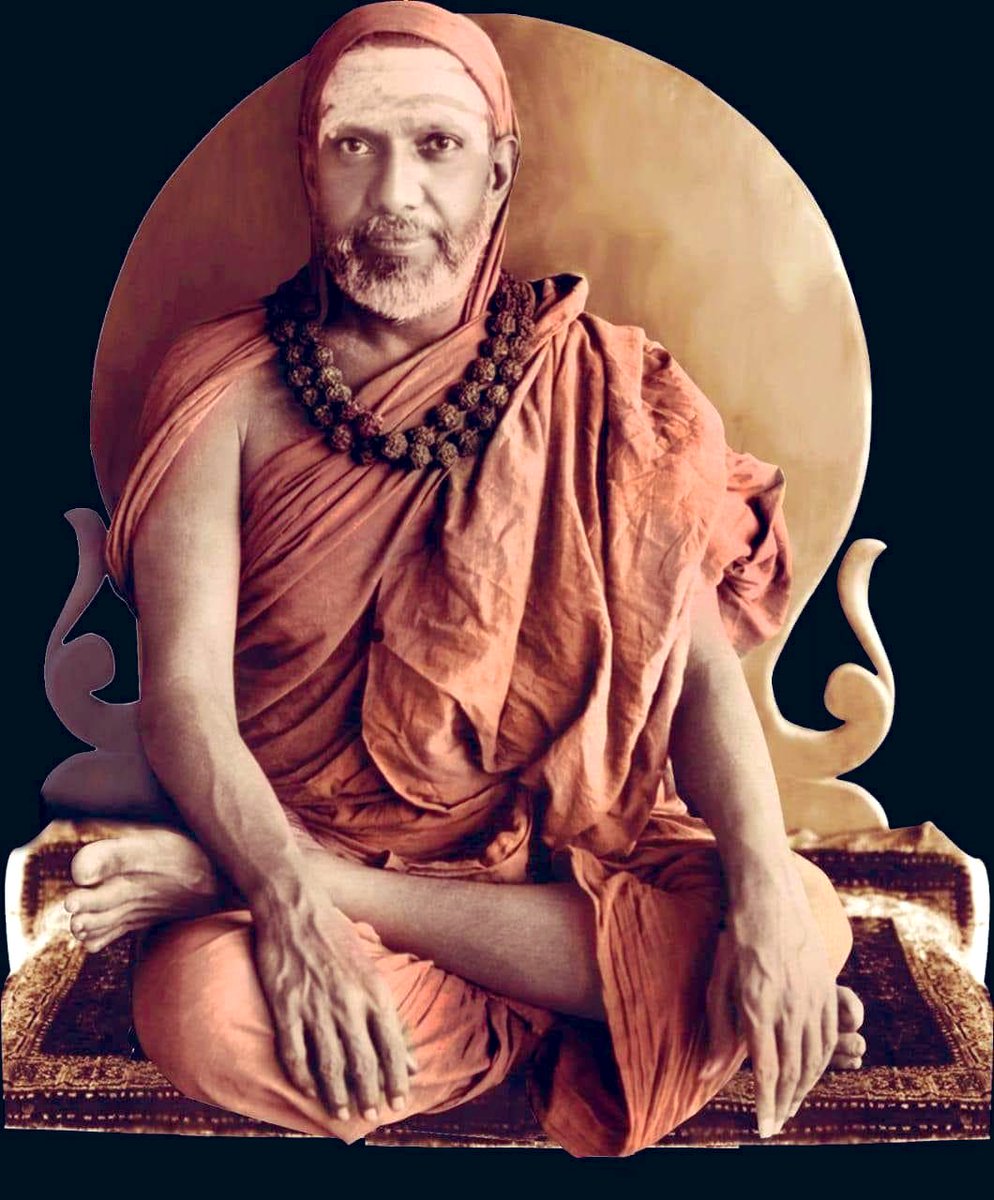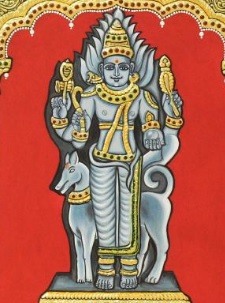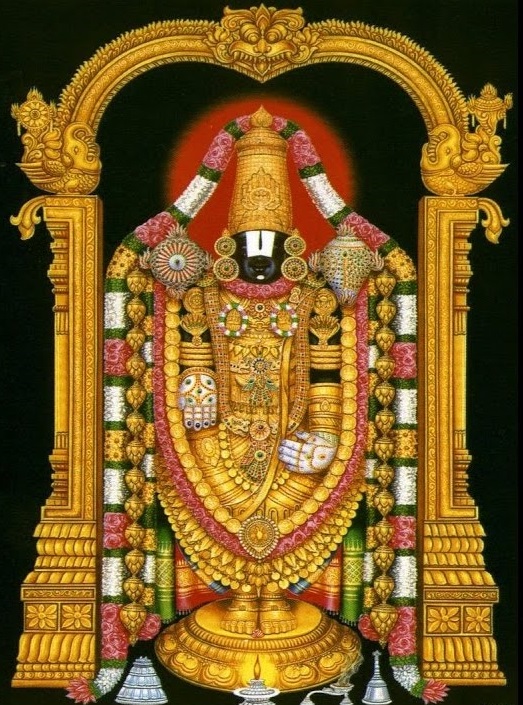
COMPOSER Sacchidananda Shivabhinava Narasimha Bharati |
|
|||||||||||||
|
During the greater part of the 19th century the Peetha at Sringeri was presided over by Sri Nrisimha Bharati VIII (1817 – 1879). The Guru was in his 60th year and he had graced the Peetha for 40 years. One day, while engaged in contemplation, it appeared to him that a voice arose saying “make room”. He interpreted it to mean that he should nominate a successor and bring him up properly, in a manner suited to the position he was to occupy. The guru sent for several horoscopes and had them scrutinized. The search for a suitable nominee took eight years. At last he found a horoscope to his satisfaction. The boy Shivaswami was seven years old at this time. Lakshmi Narasimha Sastri, accompanied by his young brother Shivaswami came to Sringeri to pay their respects to the Guru. The Guru seated the boy by his side and asked him what he wanted. The boy quoted a Sanskrit verse. This was a prayer to Siva, peculiarly appropriate to the occasion and in harmony with the Upanishadic doctrine that the guru was God himself in human form. The boy wanted nothing but steadfast devotion to the guru. This prompt reply from the young Shivaswami greatly pleased the Guru.
In 1866 Sri Nrisimha Bharati Swami ordained him under the Diksha name of Sri Sacchidananda Sihvabhinava Nrisimha Bharati. It was a long compound name; but the guru wanted that the name of his guru Sacchidananda who was a great yogi should be given to the initiate; the boy’s name as determined by his father was originally Shivaswami and the pandits assembled there were of the opinion that Shiva, the first part of the name given by the father, should be added; the Maharaja of Mysore who was present throughout the ceremonies thought his guru’s name – Nrisimha Bharati – should also be added. The young Sanyasin, eight years old, was fatigued at the end of the day long rites of ordination and when he was put to rest, much to the wonder of his Guru, he murmured in his sleep Sarvoham, Sarvoham manifesting the spiritual potentiality that lay in store for him.
The Jagadguru had already fixed upon Narasimha Sastri, a young man born in Sringeri, of sparkling intelligence and ‘exemplary character’ for nomination as his successor to the Peetha. He had prayed to the Devi fervently to make Narasimha ‘a paragon of wisdom, a pupil to me.’ Narasimha was at that time pursuing higher studies in the Sanskrit College in the Mutt at Bangalore. Early in March 1912, the Jagadguru felt it was time for him to renounce his body. Finally resolved to initiate his successor, he directed that Narasimha Sastri should be brought to Sringeri after informing the Maharaja.
On March 20, 1912, the great Acharya attained Videhamukthi and his mortal remains were interred in Narasimha Vana, and over the samadhi, a linga was installed. Sri Narasimha ascended the Peetha on April 7 under the name of Sri Chandrasekhara Bharati Swami.
|
||||||||||||||






